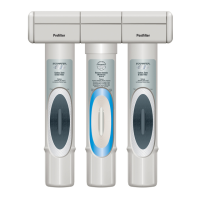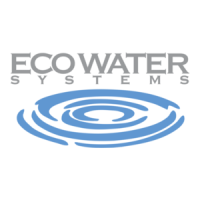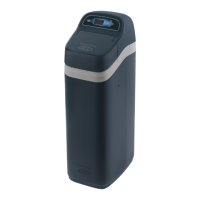What to do if the LED indicator light on my EcoWater Water Filtration System faucet isn't working after changing the batteries?
- JJennifer MunozSep 23, 2025
If the LED indicator light on your EcoWater faucet isn't working after a battery change, first ensure the batteries are new. If it still doesn't work, the batteries may be installed incorrectly; make sure they are properly oriented.





